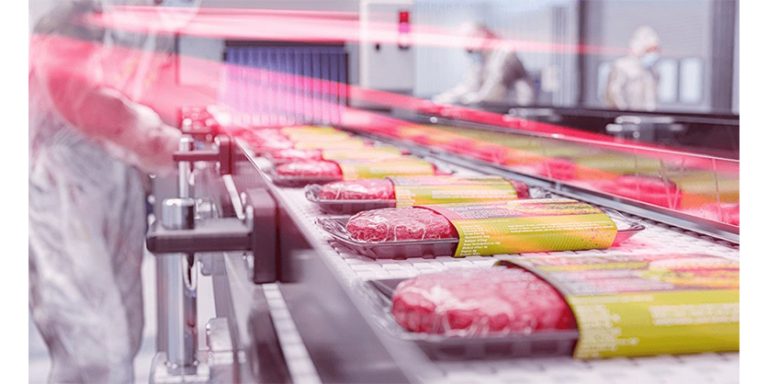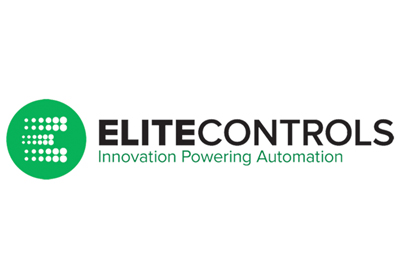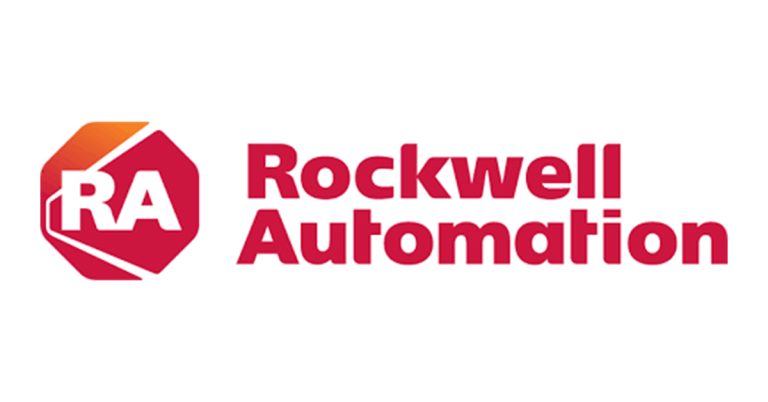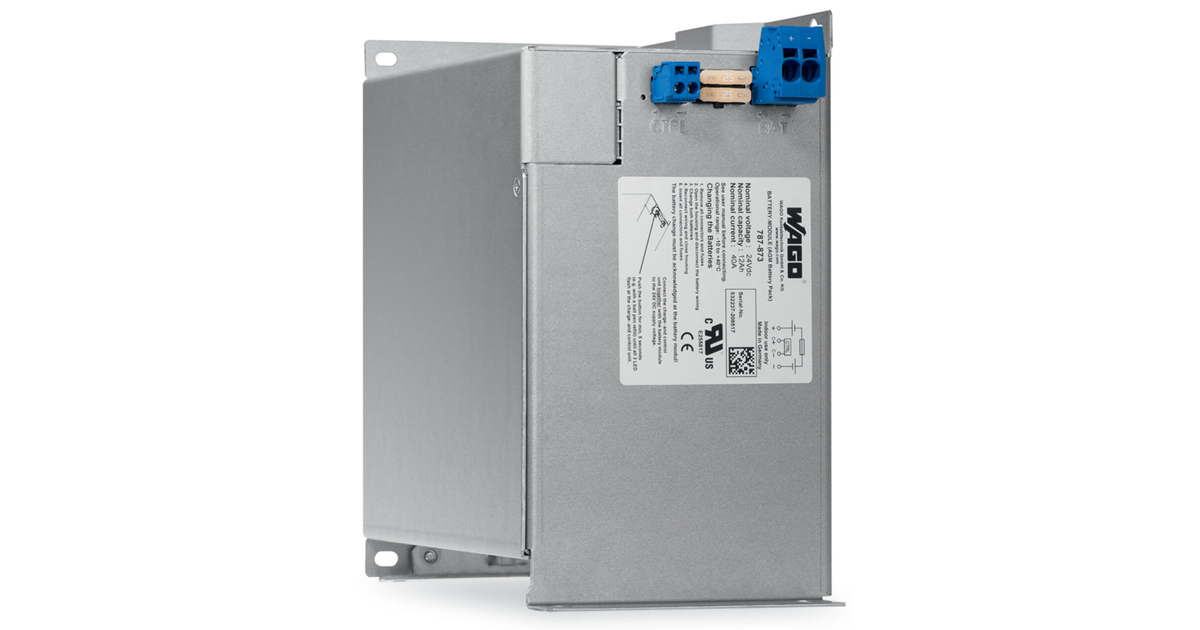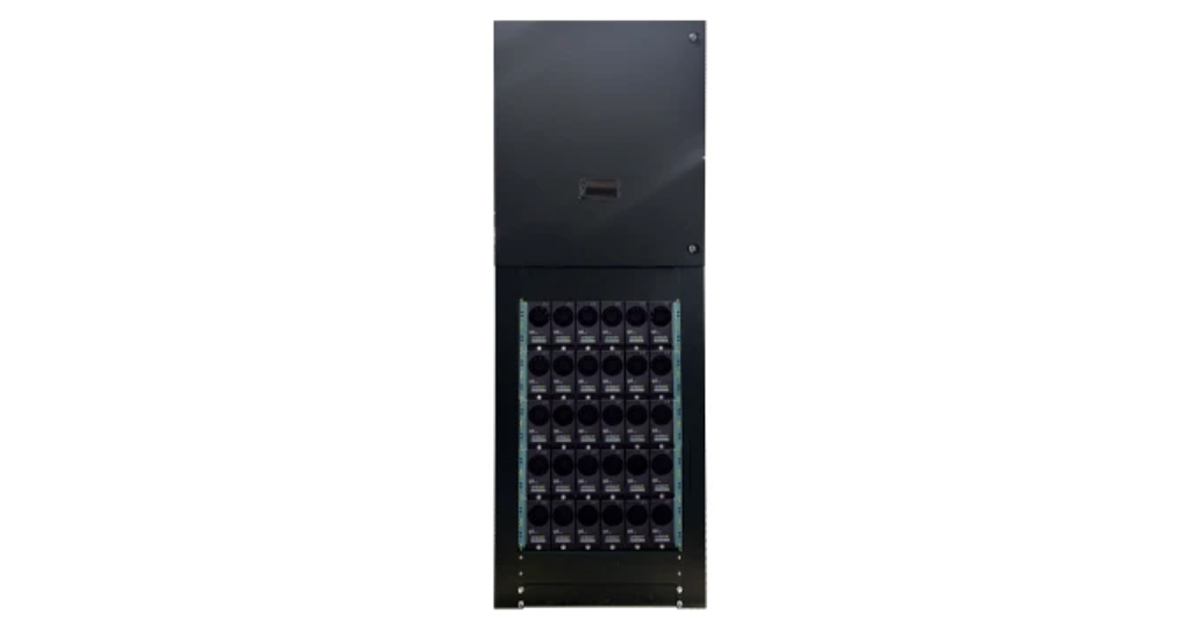Why Automotive Manufacturers Should Make the Move to Busbar Power in 2024
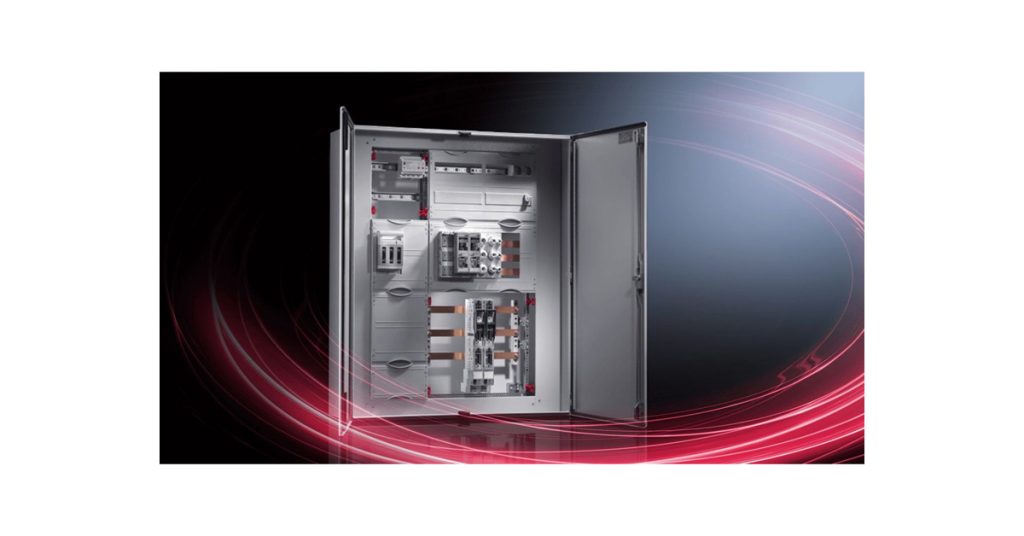
January 19, 2024
Automotive manufacturers are poised to hit the gas in terms of production in the coming years. Recent projections suggest that North American automotive manufacturing will grow by about 5% annually through 2031. This steady growth means manufacturers will need flexible industrial automation solutions that can quickly and easily adapt to changes in production volume and create more efficient, cost-effective workflows.
Busbar power distribution panels are emerging as a more nimble power solution that can help automotive manufacturers alleviate a number of their challenges, such as reducing their automation footprint and leveraging a high-performance power infrastructure that maximizes production uptime.
Here, we’ll look at a couple of reasons why automotive manufacturers should make the move to busbar power in 2024, and how this move can help them optimize their productivity and efficiency.
Busbar power can help automotive manufacturers reduce their automation footprint
One of the biggest advantages for automotive manufacturers in making the move to busbar is eliminating large power blocks that are associated with more traditional panel wiring systems. Removing these large power units from the equation helps automotive manufacturers make more efficient use of their production floor plan, and it also makes it easier to integrate power distribution equipment in new or emerging automotive manufacturing applications.
What’s more, busbar power units help increase configuration flexibility inside the enclosure by replacing the more traditional side line wiring and accessories of electrical panels.
Legacy industrial panels use large quantities of wires and cables to connect to power distribution blocks (PDBs), which are bulky and take up large amounts of space inside the enclosure. Typically, the larger the enclosure, the more PDBs are required to adequately power the controls inside.
Legacy wiring systems can require multiple feed cables to sufficiently energize the panel. Busbar power panels can replace these cables via a single conductor that carries the same amperage while freeing up space inside the enclosure. Plus, this streamlined design offers more freedom and control over how busbar power panels can be installed.
From an assembly and installation point-of-view, busbar’s reduced size and configuration versatility make it easier for components to be swapped, and this also helps accelerate maintenance and troubleshooting. Busbar panels do not require as much specialized tooling as traditional wiring systems, which also helps maximize uptime and productivity.
Busbar’s simplified engineering makes it easy to scale manufacturing with minimal downtime
With a more traditional panel wiring system, wire sizes are significantly restricted and there is often no ability to accommodate future expansion. And, if such expansion is possible, it’s a complex process that involves the drilling or tapping of the mounting panel. This makes it extremely challenging to scale your automation infrastructure without experiencing costly downtime, and avoiding this kind of disruption is key when increasing the production of current products or opening new production lines.
This is particularly relevant when it comes to the continued growth of the electric vehicle (EV) market and the number of automotive manufacturers that are looking to launch or expand their EV offerings in the coming years.
Modular busbar power distribution panels use a variety of pre-engineered components designed to make connections with a wide range of copper conductors. Panels can be configured in varying sizes and lengths based on unique or custom specifications, which helps optimize the panel footprint for any given application.
Busbar power panels are also manufactured using a series of International Electrotechnical Commission (IEC) guidelines that establish a standardized design that simplifies the dimensions and specifications of busbar power distribution. Compared with the more variable nature of traditional panel wiring, the standardization of busbar power allows for faster and easier panel configuration across a wider range of enclosures.
What’s more, modular busbar panels further optimize panel wiring and configuration efficiency via the ability to scale based on demand. A modular busbar power system can be modified to accommodate different configurations or expansions without the need for drilling or tapping. Busbar power systems can also be easily retrofitted and customized to accommodate a variety of unique wiring configurations that are necessary for unique enclosure deployment.
This makes busbar power especially valuable given the race to build a national network of electric vehicle charging stations, many of which must be able to operate in uncontrolled or unconventional environments. The same principle applies to the power & energy sector with the continued growth of alternative energy sources like wind, solar, and water and power.
Rittal’s innovative approach to modular busbar power panels can help automotive manufacturers optimize their efficiency and performance by simplifying the configuration and installation process.
For example, Rittal’s Mini-PLS Busbar System utilizes a 3-pole, plug-and-lock connection at the front of the panel for easier, more efficient cable configuration. Plus, the Mini-PLS Busbar System offers a variety of mounting capabilities, including a top-mounting that allows for a more versatile use of space inside the enclosure.



